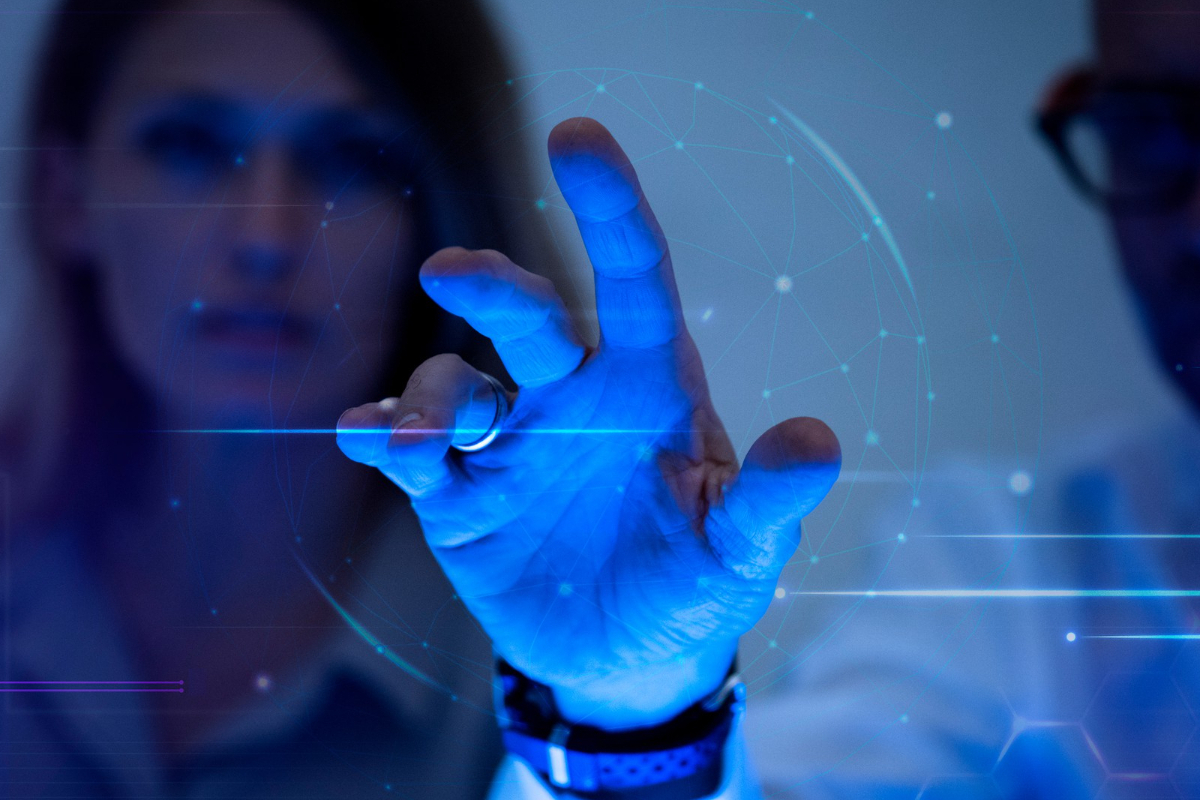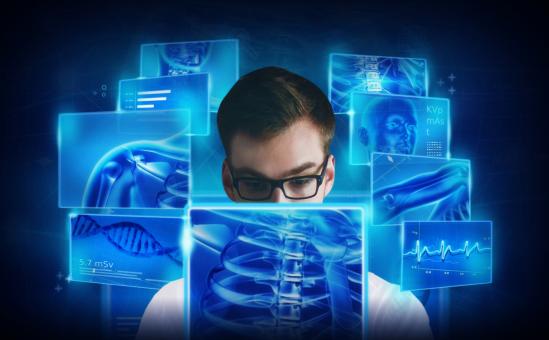
Digital technologies give individuals more control over their health and significantly increase access to health data, giving healthcare practitioners a comprehensive perspective of patient health. As a result, productivity is raised and patient outcomes are enhanced.
Technology in healthcare :
Any technology intended to help healthcare organizations is considered healthcare technology, including medical devices, IT systems, algorithms, artificial intelligence (AI), cloud computing, and blockchain.
Technology contributes to better patient care by lowering errors, preventing negative drug reactions, protecting patient privacy, and so forth.
Different digital technologies used in healthcare:
Digital health encompasses telehealth and telemedicine, wearable technology, electronic health records (EHRs), electronic medical records (EMRs), mobile health (Health) apps, and new treatments.
- Technology for Mobile:
Technological innovation is fundamentally driven by mobile technology. According to the most recent survey, 71% of CEOs think mobile solutions are more crucial to transformation than the Internet of Things and cloud computing, while 29% identify it as the second-most crucial technology. This illustrates that virtually all business executives are aware of the value of mobile technology in the digitization process.
The velocity and frequency of contact between businesses and their customers are increased by mobile devices. Real-time data is accessible through these interactions, which is practically impossible to recreate using any other method. Additionally, they let marketers gather important information to expand their clients or tap into untapped areas. Over the next five years, the importance of mobile solutions will rise.
- The Internet of Things (IoT):
The Internet of Things (IoT) is a vast network of interconnected devices that can gather and distribute data automatically. The technology connects the device sensors to a centralized IoT platform, which gathers and saves data from the sensors. These are then examined in order to provide the leaders with useful information.
Additionally, IoT can determine which data should be kept and which should be safely removed. It can be used to spot trends, make recommendations, and anticipate potential problems.
- Automation:
The most recent figures show that every fourth firm uses robotics to automate jobs that require digitization. Unlike conventional robotics, it can communicate with people and enhance their performance based on the data it gathers.
When integrated with AI and IoT, intelligent robotics can help businesses achieve impressive results. They can improve productivity tenfold, increase efficiency, and improve user experience. The usage of gamification technology at virtual events to enhance attendees’ experiences is a fantastic illustration of smart robotics in member-based organizations.
- Intelligent AI and digital understanding:
When looking for the most cutting-edge developments in business, AI and computerized reasoning continue to be intimately related.
The term “digitalized reasoning” refers to a device’s ability to simulate how people think and act in real life. It is incorporated into nearly all of the cutting-edge technologies that we use today, including smart devices, computer vision, natural language processors, and voice collaborators. It allows businesses, like enrollment associations, to automate tasks, choose speedier options, and attract customers using chatbots.
- Greater Reality:
Augmented One of the cutting-edge ideas being used by several businesses is the truth. Just to be clear, augmented reality (AR) involves the addition of computer-generated elements, noises, and other physical enhancements to the real world.
AR creates visual depictions by combining flexible technology with live information. A virtual glimpse at the systems that support administrators and clients in different ways is provided by this mixed perspective. The best method to understand it is through item improvement. Business people can evaluate 3D virtual representations of new products using augmented reality (AR), and these models can be altered without creating a model.
- Healthcare chatbots:
We are really excited about the potential of chatbots in the healthcare industry. In terms of healthcare communications, a lot should be accomplished in 2021, including better patient paths, drug monitoring, and support for first aid or emergency circumstances.
A personalized interface is essential when it comes to healthcare, and people value the additional touchpoint that an ML chatbot offers. Chatbots are rapidly expanding, and they are no longer the novelty they once were; they are now more mainstream.
Future of Digital Healthcare:
The healthcare industry is going to undergo a phase of development, like many other industries. One of the numerous forces driving patient empowerment, which is profoundly altering how we prevent, diagnose, and treat diseases, is longevity and the development of new technologies and scientific discoveries, as well as creative combinations of already existing ones.
They asked healthcare industry professionals to forecast the technologies and breakthroughs we will see in the short term (the next five years) and in the long term to help us understand what to expect in the years to come (twenty-five years and beyond). Following this, we polled 400 global business leaders from the healthcare industry to determine whether they shared the panel’s opinions and to find out what they believed to be the main obstacle to the development of these technologies.

